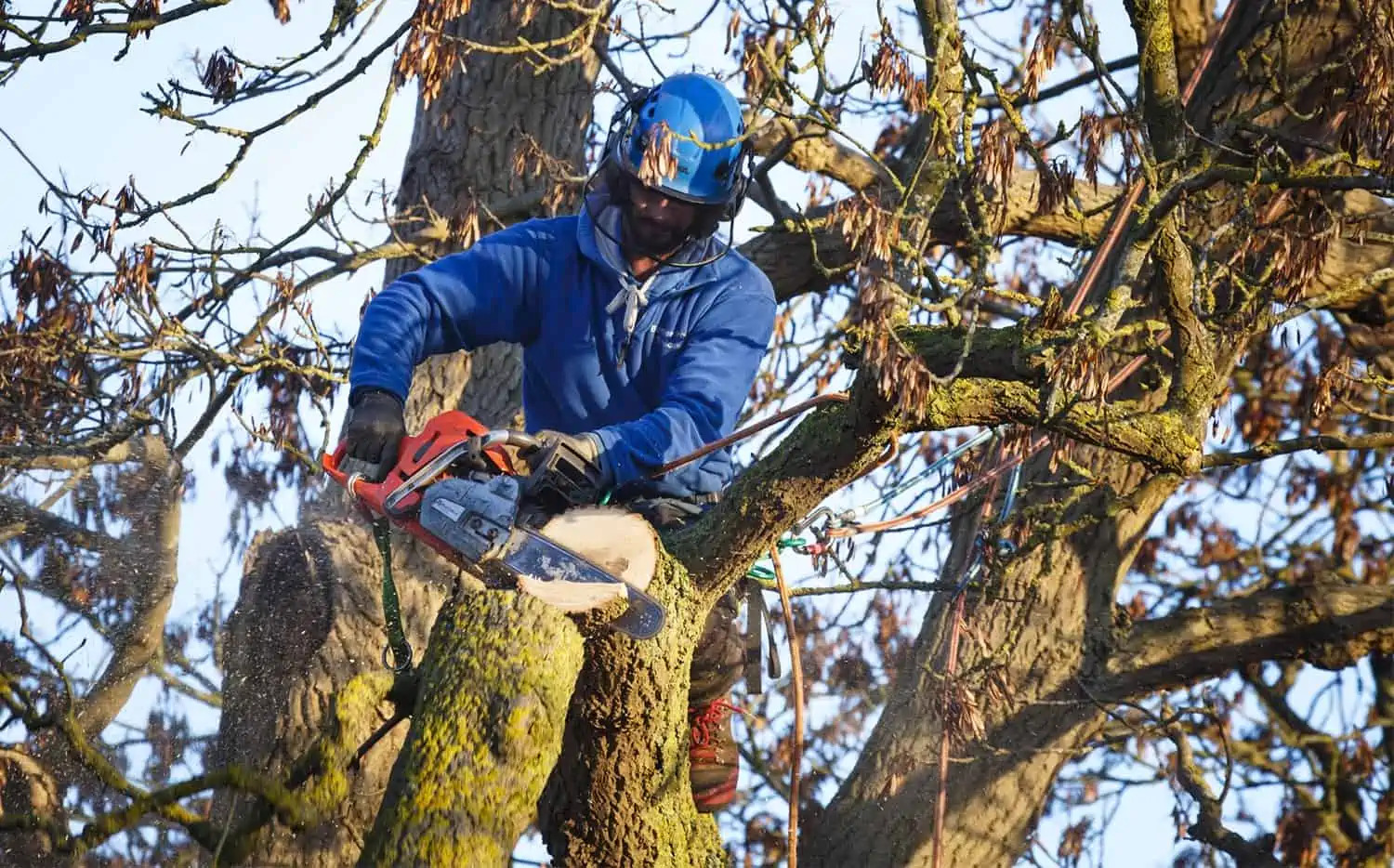Pruning is one of the tree-care practices that rewards you most for your effort. It has multiple benefits, stretching from improving trees’ health to enhancing their beauty. Perfecting the craft of pruning doesn’t happen overnight, but you can get it right by understanding its science and art and following a meticulous process.
In this complete guide, we share why pruning is crucial and proven methods for the best results.
Understanding the Essence of Pruning

Pruning involves deliberately removing or trimming branches, leaves, or roots from a tree or shrub. This practice gets rid of dead, damaged, and diseased parts to encourage healthy growth and improve the tree’s overall appearance. It also helps enough air and light reach every part of the tree to lower disease risk.
A Brief Anatomy of a Tree
You must understand trees’ basic anatomy before you can prune effectively. Trees consist of a root system, trunk, branches, leaves, and often, flowers and fruits. Each part plays a vital role, and pruning aims to harmonize these elements.
Significance and Benefits of Pruning
Pruning offers plenty of benefits that not only affect the tree itself but also enhance the surrounding environment.
Health Improvement
- Disease control: By removing diseased or infected parts, you restrict the spread of harmful organisms.
- Growth stimulation: Strategic cutting can trigger vigorous growth in sparse areas.
Safety Measures
- Hazard prevention: Cutting away broken or loose branches stops them from falling unexpectedly, preventing accidents.
- Visibility: Pruning enhances visibility on your property, making it safer to navigate.
Aesthetic Reasons
- Shape retention: Consistent pruning helps maintain trees’ natural shape and appearance. It also encourages them to flower.
- Landscape value: Well-pruned trees boost your property’s aesthetic and economic value.
Types of Pruning Techniques
Various pruning techniques serve different purposes. They include:
- Thinning: Cutting away branches to improve shape and allow more light and air to circulate.
- Raising: Removing the lower branches to create more space under the tree.
- Reduction: Cutting higher branches to reduce the tree’s height, often for utility line clearance.
- Cleaning: Trimming off dead, diseased, or damaged parts.
Warning: Topping is a common pruning technique to avoid. Big upright branches are cut to stubs to control the tree’s height. This technique backfires, creating unhealthy, hazardous, ugly trees.
(Note: chatGPT included topping with the proper pruning techniques. Reputable sources say it’s harmful, so I moved it to a separate section with a warning)
Proven Methods for Pruning Various Tree Species
Different tree species have special pruning needs.
- Oak trees: Best pruned during late winter to minimize disease risk. Beetles spreading oak wilt are most active in the warm seasons and are drawn to the smell of freshly pruned oaks.
- Maple trees: Optimal pruning time is late winter or early spring when sap loss is minimal.
- Pine trees: Cut away a maximum of two-thirds of the new spring growth (candles) for denser needles.
Best Season for Pruning
The top time to prune depends on the type of tree, but generally, late winter and early spring are ideal. Most trees are dormant in winter, making it easier to see their structure for precise pruning. Wintertime pruning also helps trees heal faster because the spring growth seals their wounds.
Pruning Equipment: A Buyer’s Guide
Using the right tools boosts your pruning success.
- Hand pruners: Ideal for small branches and come in anvil and bypass types.
- Lopping shears: Designed for branches up to 1.5 inches in diameter.
- Pruning saws: Used for larger branches that lopping shears can’t handle.
- Pole saws: Let you reach those very high branches.
- Chain saws: Take the slog out of pruning big branches.
Common Mistakes and How to Avoid Them
These pruning no-nos do more harm than good.
- Over-pruning: Removing too many branches can stress the tree. Never remove more than 25% of a tree’s crown in one session.
- Wrong timing: Schedule your pruning around a tree’s needs to avoid exposing it to diseases or reducing its ability to bear flowers or fruits.
- Incorrect cuts: Always cut just outside, not into, the branch collar (the part where a branch grows from the trunk) to prevent damaging the tree and speed up the healing process.
Conclusion
Pruning is a nuanced practice combining science and artistry. Using proper techniques at the right time can maximize the well-being and beauty of your trees, making your landscape a masterpiece. By understanding and following this guide’s advice, you’ll create healthier, more attractive trees that enrich your yard–and your life.
Summary
Here’s a cheat sheet of points to remember:
| Types of pruning | Thinning (to bring in air and light)Raising (to free up the area under the tree)Reduction (to control a tree that’s too tall for the available space)Cleaning (to clear away unhealthy or broken branches) |
| Pruning benefits | HealthSafety Aesthetics |
| Pruning equipment | Hand pruners Lopping shearsPruning sawsPole sawsChain saws |
| Best pruning season (for most trees) | Late winter Early spring |
| Common pruning mistakes | Pruning over 25% of the crown in one goBad timing (for example, pruning oaks in the warm seasons)Cutting into the branch crown |






